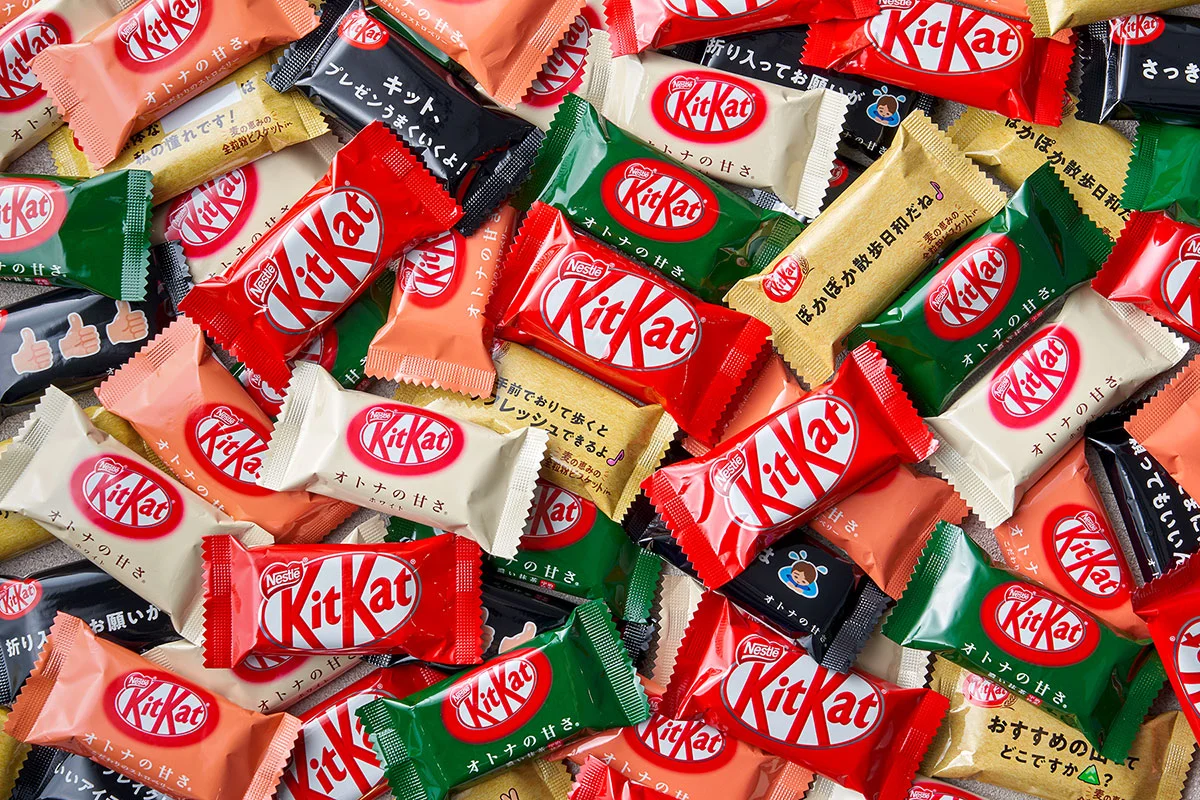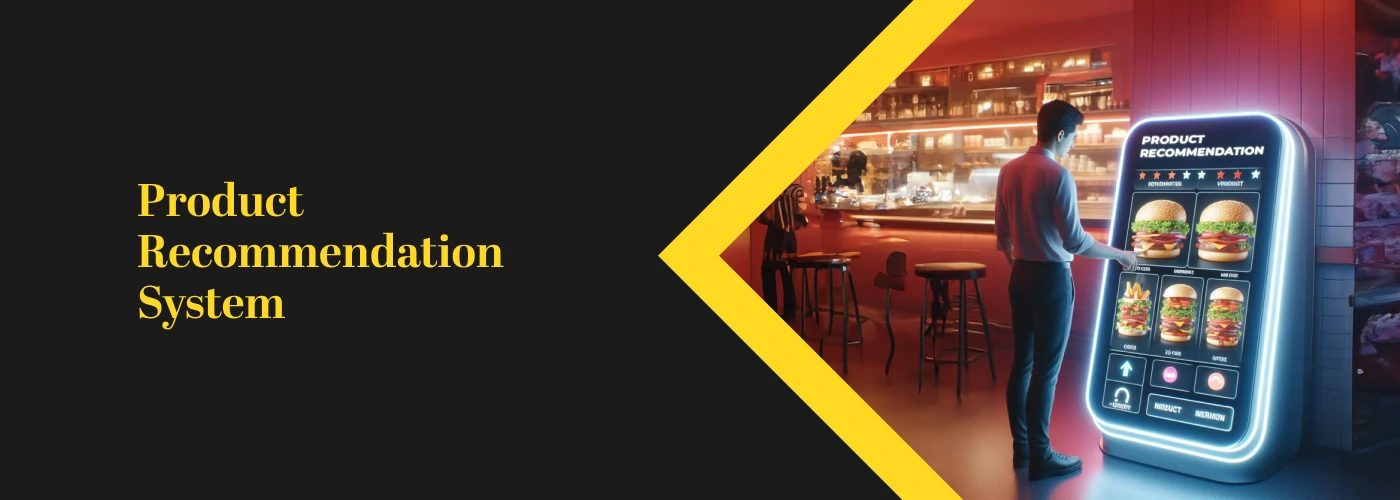Editor’s Note: Much like the ancient martial art of Jujitsu, which leverages an opponent's energy to gain an advantage, this blog about assortment planning will explore how retailers can harness the power of data to not only defend against assortment challenges but to transform them into opportunities for triumph. In the era of short videos causing stockouts and quick commerce paving the way forward, this becomes especially important to understand.
Let’s go out of Retail, CPG, martial arts, and zen for a while and think about inviting people for a party (be it birthday, Christmas, or even Thanksgiving)! What are the questions you would consider?
- The number of guests coming
- What kind of food they like or prefer? (Don’t want to serve meat to Vegans)
- What’s the budget?
- Is it suitable to the occasion?
The same applies to retailers and businesses when they plan for their assortment, they ask the same questions in a different way:
- What might be the demand per locations (customer demand)?
- What are the target audience preferences?
- Are there any inventory limitations or margin limitations? (Budget)
- Is it seasonal/ trendy/ upcoming? (Seasonality)
By asking the right questions and making the right choices retailers can reduce facing out-of-stock, markdowns, and unhappy customers all year. So, before we delve deep into where retailers go wrong sometimes, let’s look at Assortment planning in detail. If you are an experienced retailer, feel free to skip this section and go to the next one where we talk about ways to improve your assortment planning experience.
What is Assortment Planning: Explained
Assortment planning is about carefully curating and deciding what products to be offered to the customers in a specific time period and across different locations and sales channels. The goal is to maximize sales while satisfying both the customer demand and minimizing markdowns. No one wants a store full of unsold stock in one location and wants to be running out of it in the other.
Therefore, assortment involves selecting the right product mix (by analysing the demand, trends, profitability, inventory) and deciding on the right allocation strategy (for different channels like online, offline, locations, etc.) while being dynamic (with continuous monitoring).
Some key components of assortment planning include:
Based on the breadth and depth of the product mix the strategy can be deep (fewer width but longer depth Eg: Footwear shops) or broad (longer width but lesser depth like Walmart). A few other examples include: Scrambled (not eggs), localized, seasonal, exclusive, trend-based, mass-market strategies, etc. The type chosen can depend on a lot of factors like what are the type of goods being sold, the geographical locations it has, overall strategy, etc. One of the best ways to answer what kind of strategy you want is by thinking about:
- What kind of shop do you want to be: A one-shop-stop or an exclusive?
- What do you want your USP to be faster delivery or quality or dependability?
- Do you want to be the cheapest option?, etc.
Talking about just choosing the strategy would need another article. For now, let’s look at a few things where most brands go wrong.
1. Choosing a “one-size-fits-all” approach – Clustering all the way!
Do you think customers in Asia and the US would have the same buying patterns? Then why should you assume the same for Texas and California? You shouldn’t treat “Personalization” just as a buzzword but instead try to make it a part of operations as much as possible. So how to bring it into assortment planning? The answer: Clustering.
Clustering is the foundational element of effective assortment planning. Clustering allows you to segment your customer base based on various factors, such as demographics, location, historical sales data and volume, store size, store format, gross margins, units sold, etc. Some of the methods used are K-means, mean shift, Hierarchical, DBSCAN, Agglomerative clustering, PCA, etc.
This enables you to create customized assortments for different store or customer groups, ensuring they are relevant to their specific needs and preferences. This can be done at different levels, even at the store level you can run analysis for multiple product groups based on different parameters.
Some of the questions that you should consider asking yourself before clustering:
2. Treating it in isolation: Align Merchandise & Inventory planning
You need to understand where Assortment planning fits into your overall planning strategy. For some companies it goes with their financial plans i.e. Merchandise financial plans, for others it goes with their inventory plan and for others it might be an extension of their store planning. In anyway, understanding your company’s priorities first and then planning for assortment would help in the long run. Therefore, merchandise Financial & Inventory planning need to go hand in hand with Assortment planning.
For example, consider yourself to be in the fashion industry (this industry is responsible to be around 4 percent of global emissions) where the focus on sustainability is on the rise. The GenZ and Millennials are saying that they are adapting to more sustainable choices. Only giving a budget for sustainability now would not be enough. You’ll have to analyse your geographic and locational data compared to average customer age to understand the best stores for displaying/selling stock to understanding the seasonal trends. But without the correct budget you wouldn’t be able to do so. Both are interdependent on one other.
So, finding the right place for assortment planning in the overall strategy is important.
3. Saying “Yes” to all products – Reducing SKU Proliferation
The “inventory glut” is real!!
According to the National Retail Federation, markdowns cost retailers 5-15% of their total sales (based on the industry). And one of the core reasons for such unplanned mark downs is misjudged inventory decisions. Some of the average markdowns per industry are:
This shows the impact about how a wrong decision of assortment can impact the company as a whole.
Also, SKU proliferation i.e. the process of adding more products to your inventory to adapt to the market changes can increase the carrying costs and deadstock. So, where to start your assortment and inventory planning to reduce such situations? First conduct necessary audits to get rid of obsolete inventory and identify potential deadstock. Next think about what your consumer decision tree is? Where do they start and what parameters do they consider?
Create charts to visualize the paths that buyers take in making decisions. For example, while buying cereal customers might look for specific type of cereal first like granola, corn flakes, etc. before looking into flavours. You can create decision trees based on nodes like product attributes and features, historical purchases, discounts, seasonal factors, price, etc.
But to create such plans, clustering should have been done or this assortment can be done at store level. Then the data from these stores can be analysed to identify the best choice of goods to be displayed based on the attribute mix created. An illustration from the real world that highlights the impact of abundant choices but opting for simplicity can be observed in the case of KitKat in Japan (300+ flavors) compared to its global counterparts (hardly 5).

4. Not doing it at the right time – Know when to start
Typically, Assortment planning is done as a part of financial exercise. But you need to keep a constant track of the inventory and for situations like the ones discussed below based on the industry you are in.
- When: Before the start of each season.
- Why: To adapt the product assortment to seasonal demands and trends. For example, offering swimwear in the summer and warm clothing in the winter.
- When: Before launching
- Why: To tailor the assortment to local preferences, demographics, and cultural nuances, optimizing the product mix for each market.
- When: Periodically (no set time limit, very specific to industry)
- Why: To stay relevant and meet the changing demands of consumers and create an effective product assortment
- When: For inventory reduction or managing inventory
- Why: Create strategic bundling of products or redirect to a better location to reduce overall losses
- When: Ongoing analysis
- Why: To incorporate insights from customer feedback, sales data, and market analytics into assortment decisions
- When: Resources are limited
- Why: To optimize existing resources by focusing on products with the highest potential for success.
- When: Focus on online from offline
- Why: Can redirect existing inventory to locations/warehouses where it would be more profitable
Please note retail assortment planning has to be in addition to all strategic reasons and regular check-ups.
5. Not leveraging the right data and tools: Choose the right system and techniques
According to Econsultancy, visitors who intend to buy something are 91% more likely to use search than those who are just browsing. That means identifying the right intent data might be more necessary than think about recommendations. Also, many brands fall into the trap of relying exclusively on historical data for assortment decisions. While historical data is valuable, it should not be the sole determinant.
Even now with 2024 coming up most common tool for planning remains to be Excel, which not only causes multiple sources of truth but also causes errors and redundancies. And finally choosing basic techniques with basic KPIs – like Overall sales and store area without adding more details like Gross margin%, Average Sales per Stock keeping Unit, Sell through %, etc.
Not only the KPIs, but traditional forecasting methods are insufficient for accurate assortment planning in the face of rapid changes. Advanced models incorporating recent data, macro inputs like inflation, consumer metrics and trend analysis are crucial for retailers to predict demand and optimize inventory.
So, if your question is what techniques can be used – some of them are:
Thinking about these five areas is just the start not the end. You’ll still have to think about business priorities, strategic alignment, physical and financial constraints, time period of planning and execution, and more specificities to get to the actual planning.
To do this you can consider a few assortment planning tips:
What next: Do you have the right data?
All that we’ve said today relies on one basic thing: Data. Before you dive into assortment planning, ask yourself: Are you managing all the data well, are your data architectures seamless enough, do you have the proper data warehouse and data lake capabilities? Are you able to visualize them on the right business intelligence tools? And finally, are you using the right tool?
If you are stuck in answering any of these questions, then you have a discussion with us in sorting any of your data challenges! Drop us a message today!



